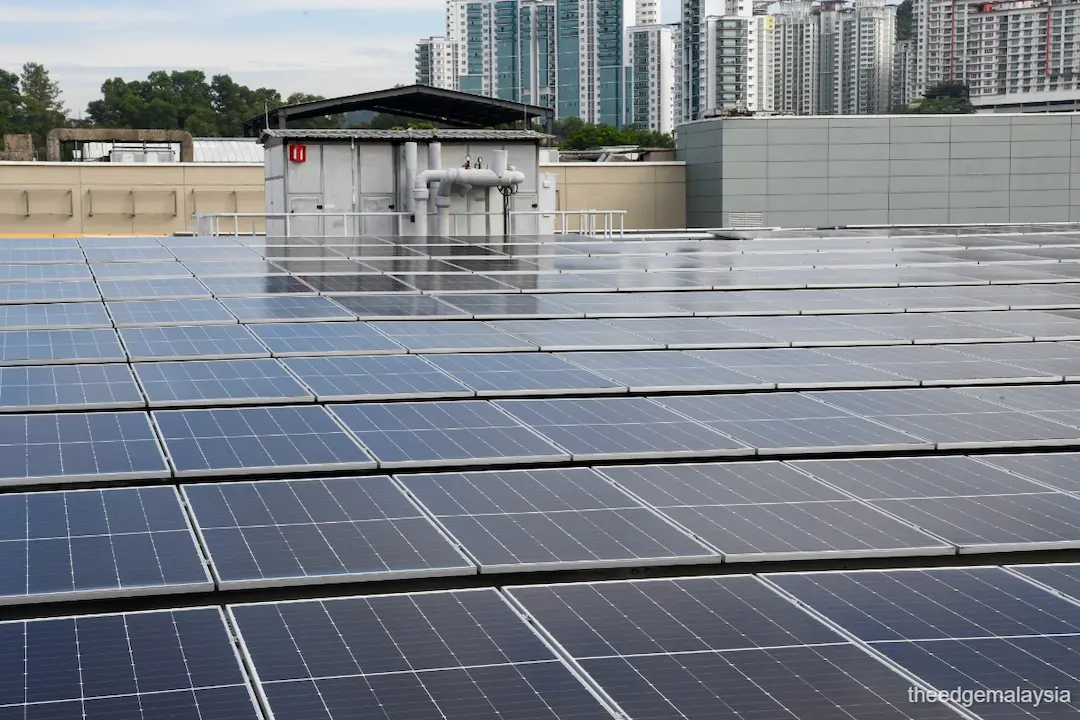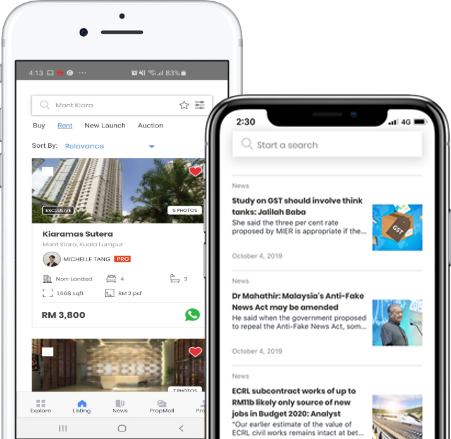
- For medium and high voltage users under NEM 2.0, the excess energy generated can offset up to 25% of their network and capacity charges.
KUALA LUMPUR (July 1): Households using rooftop solar that are previously allowed to offset their electricity bill on a kilowatt-hour (kWh)-to-kWh basis will continue to be able to do so, the government said.
In a statement, the Ministry of Energy Transition and Water Transformation (Petra) said households can use solar energy generated to offset non-energy charges.
The same applies for low-voltage users that were registered under the Net Energy Metering (NEM) 2.0 scheme of 2019-2020, according to the statement.
However, rooftop solar users will see an appropriate adjustment to the calculation for their energy efficiency incentive – a discount from half a sen to 25 sen per kWh based on how much electricity a consumer uses – as well as other incentives to ensure fairness for all electricity consumers, according to the statement.
The update follows the introduction of a new electricity tariff structure beginning Tuesday, July 1, which breaks down electricity tariff to energy charges and non-energy components, the latter including network and capacity charges.
For medium and high voltage users under NEM 2.0, the excess energy generated can offset up to 25% of their network and capacity charges, the statement read, whereas commercial and industrial consumers under NEM 3.0 can use the excess energy to offset the average system marginal price.
Incentives to be adjusted further
For the rooftop solar users who are eligible for energy efficiency incentive or other incentives, the rate and calculation of such incentives “will be adjusted appropriately for it to be fairer for all electricity users”, the statement read.
The government has also decided to adjust the different settlement period for all the aforementioned rooftop solar programmes to 12 months to make the process more uniform and help users better manage their electricity bills, the statement read.
“For existing users whose expiry for offsetting excess energy has lapsed, they have the option to switch to any active rooftop solar programme such as the Solar for Self-consumption (SelCo) programme or the Community Renewable Energy Aggregation Mechanism (CREAM) programme, or to install an energy storage system, or to join any government programme introduced at that time,” Petra said.
Similarly, those still keen to install rooftop solar for their own use can opt for the SelCo programme, which now can offset 100% of their own electricity consumption, the ministry added.
The decision is hoped to “provide certainty” for participants on the government’s direction on rooftop solar adoption, as part of the nation’s aspiration to achieve 70% renewable energy mix by 2050, it added.
Does Malaysia have what it takes to become a Blue Zone, marked by health and longevity? Download a copy of EdgeProp’s Blueprint for Wellness to check out townships that are paving the path towards that.






